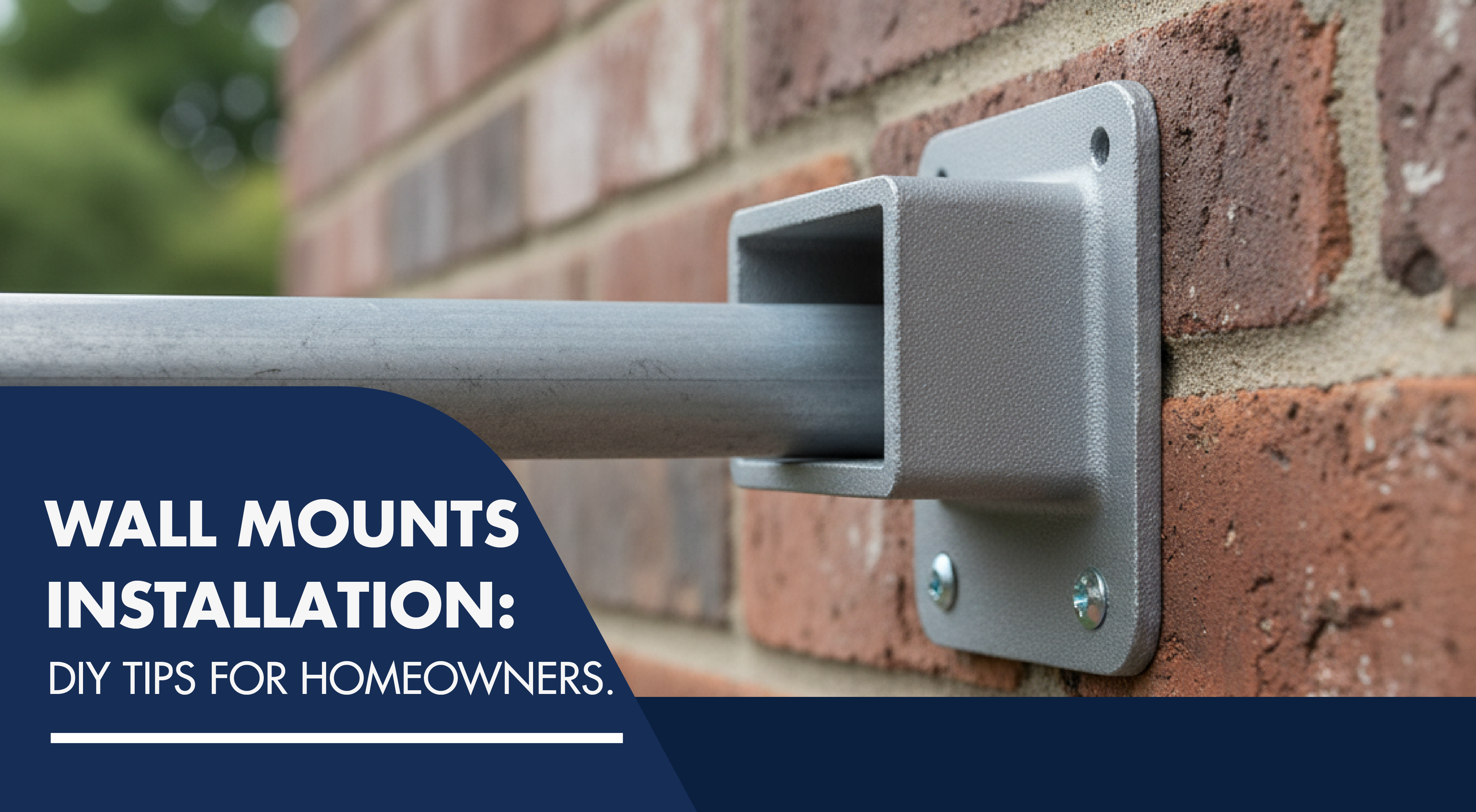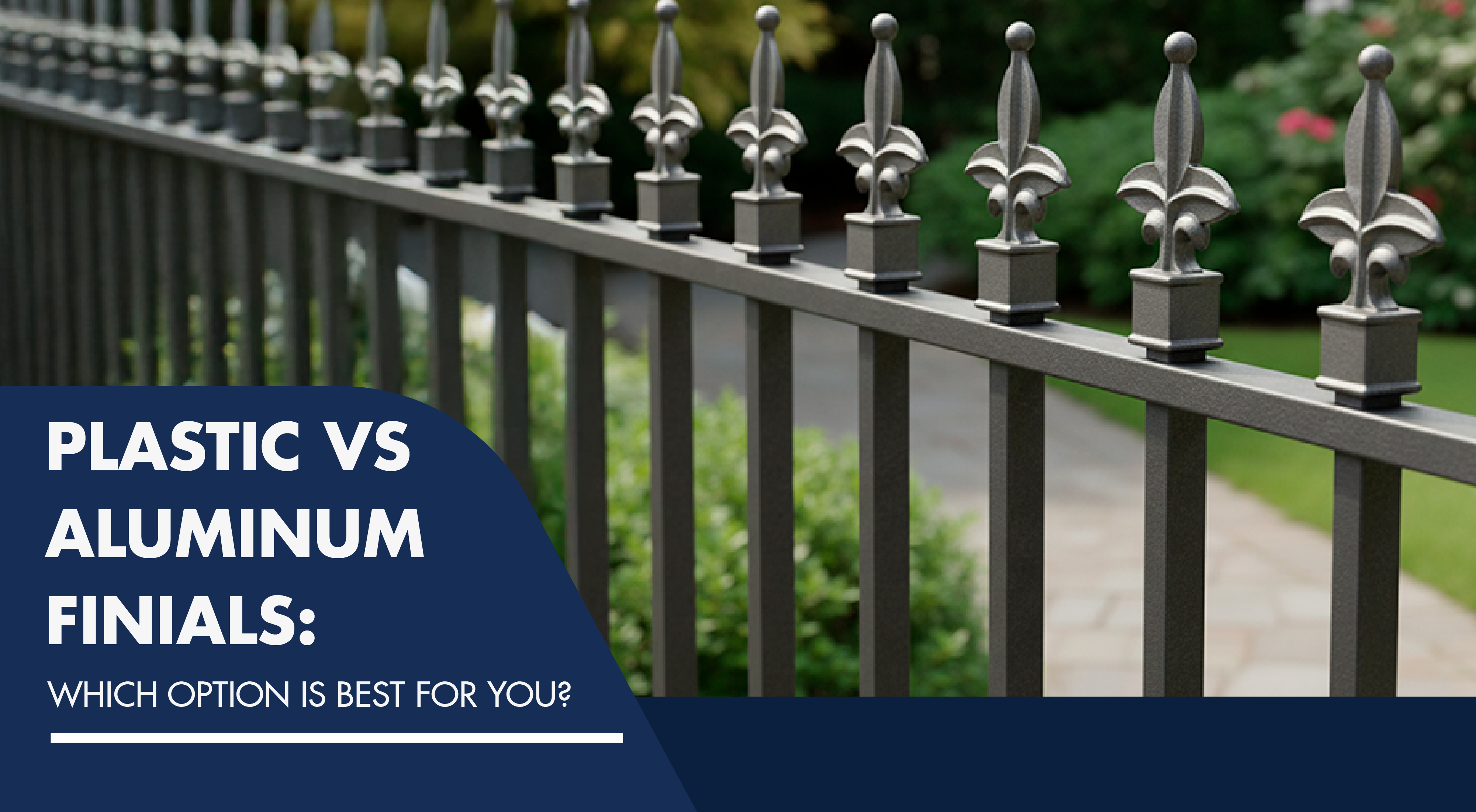Whether it's a brutal snowstorm, high winds, or relentless sun, protect your fence from harsh weather conditions before the damage is done. You’ve spent time and money putting up that fence, don’t let the elements tear it down. If you’re looking to boost longevity, reduce maintenance, and keep things secure, there are some real steps you can take today.
Tips to protect your fence from harsh weather conditions
Protect your fence from harsh weather conditions by thinking ahead. You can’t control Mother Nature, but you can absolutely control how ready your fence is. From the right hardware to proper sealing and smart installations, a few good habits now can save you costly repairs later.
Know what you're up against: rain, wind, sun, and snow
Different climates pose different threats. Rain leads to rot, sun causes fading and cracking, wind can knock panels loose, and snow adds heavy pressure. Being aware of what your fence faces all year round is the first step to safeguarding it.
-
Moisture and rot especially impact wood fences, softening the structure over time.
-
UV rays weaken both wood and vinyl, causing discoloration and warping.
-
Wind damage often affects the posts and panels — without strong mounts, things can shift fast.
-
Snow and ice build weight and can crack hardware or posts if they're not reinforced properly.
Use the right hardware and accessories
Solid hardware is your first line of defense. Fence post caps, secure wall mounts, and corrosion-resistant accessories protect your fence from the inside out. Products like those from Fittings Plus are built to handle wear and tear — making sure your fence stands through seasons of storms.
-
Fence Post Caps keep moisture from seeping into posts.
-
Wall Mounts add strength where panels meet structures.
-
Weather-treated fasteners prevent rust from weakening key connections.
Seal, stain, or paint, but do it right
If you’ve got a wooden fence, sealing it is non-negotiable. Apply a water-resistant sealant once a year. Want an extra layer of protection? Go for UV-blocking paint or stain — just make sure the wood is clean and dry before application.
Secure the base: protect your fence from the ground up
The base is where trouble starts. Rot, mold, or frozen soil expansion can all weaken the posts. Elevate the base slightly and use gravel for drainage. Metal post anchors can add years to the structure by keeping moisture out.
You may be interested: Fence Hardware for Secure and Durable Installations
5 key strategies to protect your fence from weather damage
Here’s a quick list of smart moves to reinforce your fence year-round:
1. Inspect regularly
Your fence doesn’t need daily checkups, but giving it a look every 3 to 6 months can save you time and money in the long run. Walk the full perimeter of your fence. Look for:
-
Loose boards or panels
-
Rusty or missing screws and brackets
-
Cracked or leaning posts
-
Discoloration, mildew, or wood rot
Catching small issues before they escalate helps you avoid full replacements down the road. After any major storm or snowfall, it’s worth giving your fence an extra once-over.
Tip: Take photos during each inspection. That way, you can track changes over time.
2. Install post caps
One of the simplest yet most effective upgrades is adding fence post caps. These small accessories do a big job: they keep rain, snow, and moisture from seeping into your posts, which can cause swelling, splitting, and rot over time, especially in wooden fences.
Fence post caps from Fittings Plus are designed to fit snugly and withstand rough conditions. Beyond protection, they also give your fence a clean, finished look. It’s a win-win.
No tools? No problem. Most post caps snap or screw in easily in under a minute.


3. Reinforce panels and mounts
High winds can do serious damage to fence panels that aren’t properly supported. Whether you’re in a coastal area or just prone to storms, reinforcing the connection points between your panels, posts, and walls is essential.
-
Use fence wall mounts that are made to resist weather-related stress.
-
Upgrade to corrosion-resistant brackets and screws to avoid rusting.
-
Make sure panels are aligned and secured tightly — no wobble, no give.
To protect your fence that share a border with structures (like sheds, homes, or garages), adding corner brackets and sturdy mounts is a game-changer.
If your fence sways or shifts during windy days, that’s your sign to reinforce.
4. Seal and treat
When it comes to wooden fences, nothing is more important than sealing and treating them properly. Unsealed wood absorbs water, warps in the heat, and eventually starts to rot or crack. Here’s what you can do:
-
Apply a high-quality water-resistant sealant once a year.
-
For added UV protection, use a stain or paint with UV blockers.
-
Always clean the surface first, dirt and mildew trap moisture.
Vinyl fences don’t require sealing, but they still benefit from regular cleaning and maintenance. Just hose them down and check the joints.
Plan to reseal your wood fence every spring or fall for best results.
5. Clear debris around the fence line
Leaves, snow, dirt, and even grass can trap moisture at the base of your fence, leading to rot, corrosion, and insect issues. Keep your fence line clear by:
-
Raking leaves and removing snow buildup after storms
-
Trimming plants or grass growing up against the panels
-
Removing any soil that’s built up and started to bury the bottom of the boards
If left unchecked, debris buildup creates the perfect environment for damage, and it happens slowly, so you may not notice until it’s too late.
Make it a habit to do a quick cleanup every time you mow or garden.
Pro tip: Make your fence storm-proof with top-rated accessories from Fittings Plus. They’re built to outlast rough weather and make your setup solid from top to bottom.
Explore: Top-Rated Fence Accessories for Strength and Security
What to do when damage happens anyway
Even with all precautions, stuff happens. A storm hits, a tree falls, or extreme cold cracks a post. Here’s what to do:
-
Act fast. Leaving damage unchecked makes things worse.
-
Replace damaged hardware. Don’t try to patch up rusty or broken parts.
-
Repaint or reseal exposed areas ASAP.
-
Check alignment. Bent or shifted posts can put stress on the rest of the structure.
Make weather protection part of your fence routine
Protect your fence from harsh weather conditions isn’t a one-time job. It’s a habit. The more attention you give your fence, from the top cap to the ground anchor, the longer it’ll serve you. Whether it’s guarding your backyard, keeping your pets safe, or just looking good along your property line, your fence is worth protecting.

Need quality gear to back it up? Explore durable, weather-resistant fence post caps, mounts, and accessories at Fittings Plus — built for every condition and every fence.






